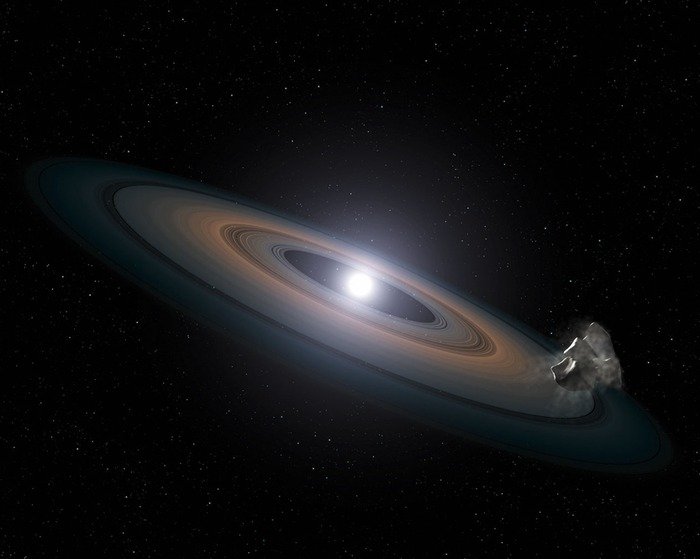CAMBRIDGE, England, May 9 (UPI) -- British astronomers say silicon, a major ingredient of the rocky material that formed Earth, was found in the atmosphere of a pair of nearby burnt-out stars.
The white dwarf stars, in a star cluster, are being "polluted" by debris from asteroid-like objects falling onto them, suggesting rocky planet assembly is common in such clusters, Jay Farihi of the University of Cambridge said.















